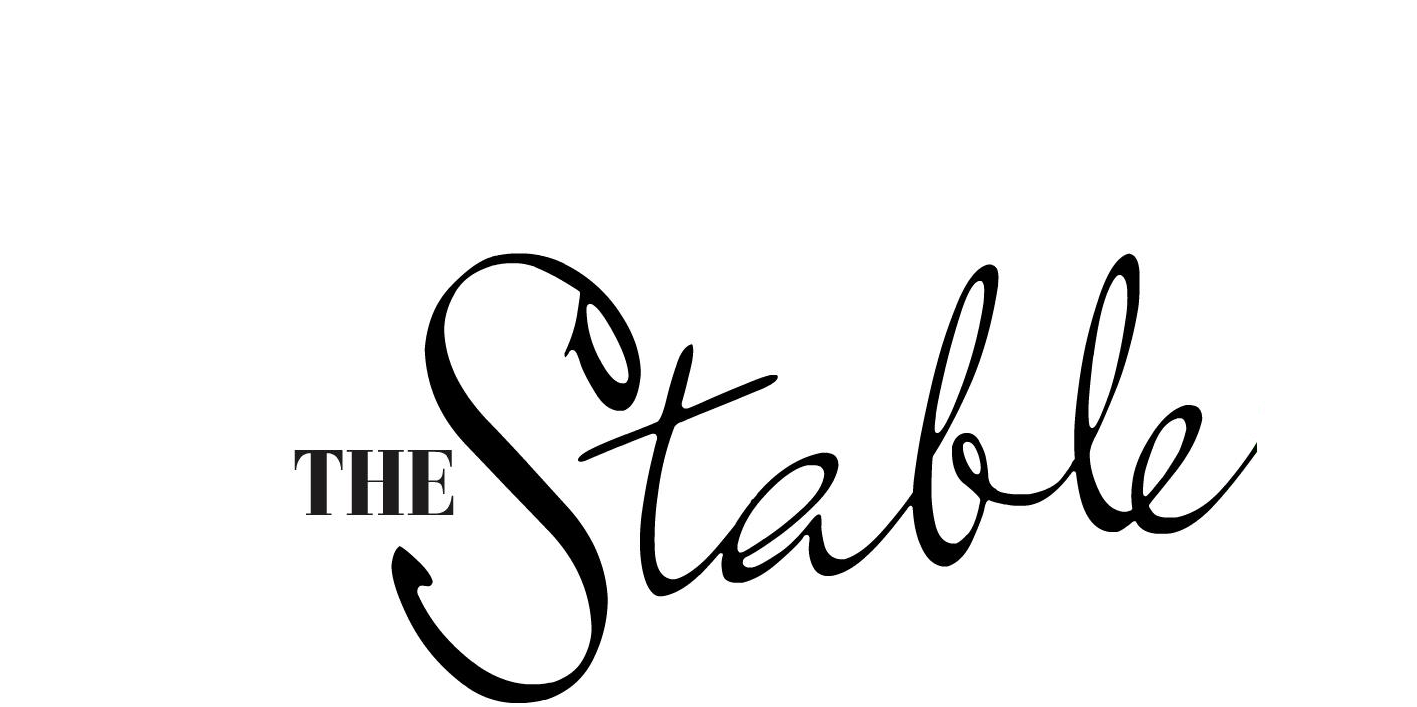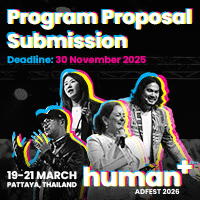Advertising creativity has produced some remarkably inventive ideas. Innocean’s Night Fishing for the Hyundai IONIQ 5 stands out nonetheless – for its verve, cleverness and difference. Night Fishing, designed to captivate an ad-averse audience, is a movie filmed entirely using seven car cameras. More than this, it didn’t run as a commercial. It was released as a film. It screened in theatres with a $1 ticket price tailored to its 13-minute runtime.
Innocean Seoul chief creative officer (now global CEO), Jung A Kim, and her team took The Stable behind the scenes of the creation of this unexpected, unordinary, fascinating “ad” idea.
The Stable: A remarkable new idea for car advertising. Where did the creative idea come from? Is there a personal story?
Innocean: This project began with a small but mischievous question inside Innocean, Could a car make a film?
Cars are means of transportation in real life and as background props – or at best, side characters – in content. They come in, they leave, and the story continues without them. But we wondered, What if a car didn’t just appear in the story, but actually became a storyteller? What if it could hold the camera, frame the moment, and become a narrator in its own quiet way?
That question became the seed for Night Fishing.
Once we decided to treat the car as a storyteller, the rest felt almost obvious. The most familiar and legitimate place for storytelling is cinema. So, we chose film as our medium, trusted the IONIQ’s cameras as our lens, and followed the question wherever it wanted to go.
The Stable: What was the thinking behind its media approach – the theatre release? The degree of difficulty in production was high.
Innocean: We chose a theatrical release because the work was never meant to behave like an ad.
Night Fishing was built as a piece of cinema first, tonally, structurally, and emotionally, and the theatrical environment allowed it to be experienced as intended: uninterrupted, immersive, and with real audience reactions.
From a strategic standpoint, the film needed a neutral, non-commercial space to legitimize Hyundai’s storytelling ambition. A cinema screening delivered that, it framed the project as cultural content rather than branded content, which broadened the audience and generated organic conversations beyond advertising channels.
Despite the high production difficulty – narrative-driven direction and shooting from the vehicle’s point of view, the theatrical plan amplified the film’s authenticity. The sound design, light effects, and subtle emotional beats benefit from a large-screen context in ways no digital placement could replicate.
We might have underestimated the challenge of shooting entirely from the car’s camera perspective at first. A fixed in-car camera has no zoom and only a single angle – it felt like a bold constraint, maybe even too bold. But that very limitation became the driving force that completed Night Fishing. By expanding the story’s imagination and using the car’s footage as cinematic devices, like an agent’s body cam or CCTV, we were able to enrich the narrative and give the film a unique texture and depth.
The Stable: What were the major challenges and how did you overcome them? Was there anything that helped to make production easier?
Innocean: The hardest part was that everything about this project was new to everyone.
For the director and actors, shooting with fixed car cameras meant giving up the freedom of movement. For the brand, the challenge was about giving up the exposure of the car itself as it serves as a storyteller. And for the agency, we had to figure out how to communicate something that was both a film and branded content at the same time, without any real precedent to lean on.
Because there was no existing blueprint, every decision felt like stepping into fog. We had to keep asking ourselves whether the choices we made were the right ones.
What ultimately carried us through was a shared respect for each other’s craft.
The director and actors turned the fixed cameras into a creative advantage, using drone lighting, sound, and performance to give the film movement where the lens could not. The brand made a bold decision to let go of traditional product visibility so the audience could experience this not as an ad, but as a film. And as the agency, we committed to treating viewers as an entertainment audience. We avoided exposure-heavy platforms like brand channels and instead pursued theaters and OTT, allowing the project to become a paid, sought-out experience.
That alignment – everyone pushing in the same direction – turned the unknown into something possible. And that’s what made Night Fishing work.
The Stable: What were the campaign results and how does this work fit within Innocean’s m.o. and/or aims as a creative agency?
Innocean: The campaign exceeded expectations in both cultural and commercial metrics:
- Massive earned media through film communities, culture press, and reviewers – far beyond traditional ad channels.
- Social sentiment was overwhelmingly positive, often referencing the work as “actual cinema, not an ad.”
- Strong engagement rates on offline platforms, especially among younger audiences who typically skip branded content.
- Internal brand impact: Night Fishing became a reference point for what “brand storytelling without selling” can look like.
- Awards & festival presence significantly extended its lifespan and reach.
As for Innocean, this work fits perfectly with our drive to push branded entertainment into meaningful cultural spaces. It proves that brands can create work people genuinely want to watch, and that Innocean can lead that shift from conventional advertising to narrative experiences. It also reinforces our broader ambition: to make creativity travel further than media budgets allow.
The Stable: The campaign has been awarded at film festivals and advertising awards, including 12 awards and a Grand Prix at MAD STARS. What do you think the judges valued and what do the awards these mean to you?
Jung A Kim: I believe judges consistently responded to three things:
- Authenticity: the fact that the story was emotionally grounded, subtle, and free of heavy-handed brand presence.
- Craft discipline: cinematography, grading, sound, and pacing that felt closer to independent film than branded content.
- Cultural bravery: releasing a branded film theatrically is still uncommon, and judges value risk-taking that elevates the category.
What the awards mean to me is that they validate that audiences and experts reward sincerity – not just spectacle.
They prove that Hyundai and Innocean’s long-form content strategy is not a side project but a credible creative direction.
And personally, they confirm that the difficult choices – less branding, more narrative, harder production – were the right ones.
Also, I think judges valued the boldness to step out of the safe zone and pursue a kind of branded storytelling that had no precedent.
As for what the awards mean to me – they’re not just trophies. They’re signals that new forms of branded storytelling are possible. When audiences pay to watch a piece of brand content, and when both film and advertising communities acknowledge it, it tells us that the boundaries are wider than we thought.
For our team, the awards are a reminder that taking a risk together can create something meaningful. And for me personally, they’re encouragement to keep asking questions… because sometimes those are the ones that open new doors.














Leave A Reply